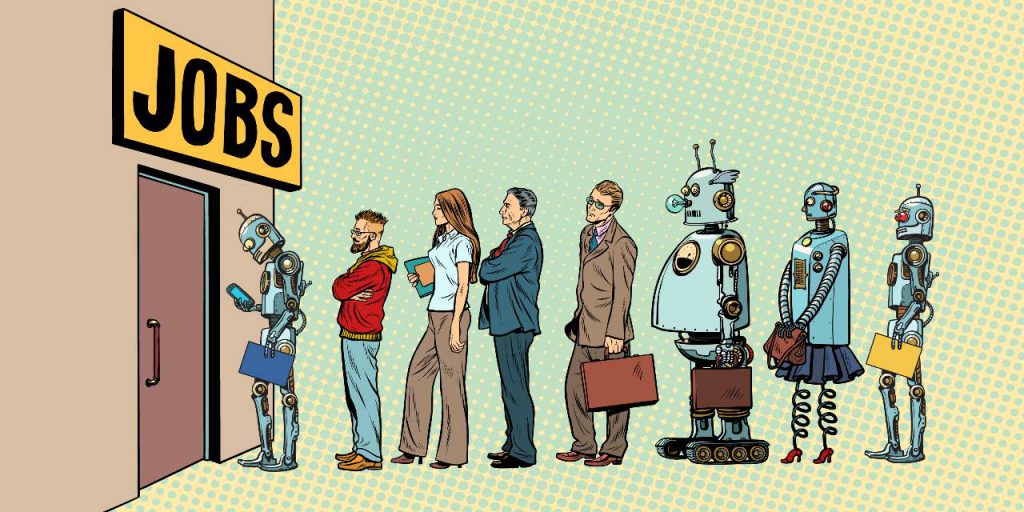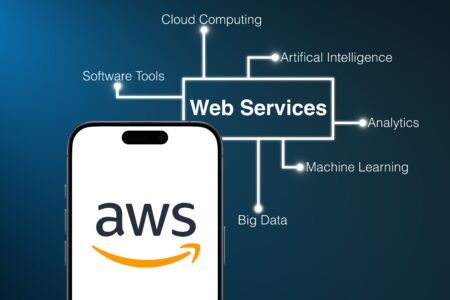Digital transformation is undeniable nowadays, and although not all organizations are at the same starting point in adopting transformation, it is obvious that every organization or professional works and operates substantially differently today versus as they did just a few years ago.
Let’s reflect in this blog about the evolution of any regular professional job and its basic fundamentals -regardless of any specialty-; how do we see it today, considering the growing implementation of digital transformation (digitization and automation); and how do we see the future trend.
We are not trying to predict the future of how jobs will be, but at least understand the overall trend that it is showing up in front of us. It won’t be perfect, but it will help us understand the big picture.
The Past
Despite nuances, the overall process in any professional job in previous decades can be described as follows:
There is data stored somewhere in isolated sources (notebooks, blocks, spreadsheets, applications, tools, etc.…), usually static and normally in a very stable environment.
A business analyst individual pulls data stored in any of those isolated sources, and after staging, cleaning, and aggregating that data, it generates a report summarizing a description of the most recent past.
That report is sent to a decision-maker person who makes an analysis of such a report and its overall trends and based on that, it executes decisions.
After the execution of those decisions, this ‘mini-cycle’ starts over again and the business analyst pulls new data that will be reported to the decision-maker, who will evaluate the impact of its decisions.
The decision-maker consolidates the impacts of its decisions into another report that will be handed over to the strategist
The strategist is the individual that sets the overall direction of the organization, and it interacts with the decision-maker.
The Present
With the exponential growth of data and the introduction of new productivity tools like Power BI, Power Apps, Power Automate, as well as the adoption of cloud environments, we can say that many middle parts of the overall process from the past have been automated or improved in one way or another.
Therefore, the present can be described as follows:
Data storage has grown, and it grows exponentially year-over-year. Tools and data sources are less isolated and make data more available.
Those new tools are automating and consolidating many reports into automated dashboards that simplify most of the previous work and data analysis. Also, new proactive indicators start to appear.
A merge of the business analyst and the decision-maker is happening more and more, appearing now what we identify as professional business intelligence. The new workforce is now leveraging business knowledge with technical skills, so individuals are more productive and capable to execute decisions more expedite, as they are based on data and automated analysis.
Perhaps this full merge of those profiles hasn’t happened in many organizations, but this is something that we see today happening more and more in many organizations, big or small.
The key revolution of the present is the current automation of reporting and business processes, where data is at the center of everything.
Finally, those automated business processes and reports show the Strategist the results of the implementation of its own strategy. Making the evaluation of the organization strategy much faster and efficient, being able to rectify or react much faster. In some cases, even anticipate events.
The (Possible) Future
As said at the beginning of this blog, we don’t know what the future will bring, however, we notice a trend especially in those organizations more advanced in terms of digital transformation.
The continuous digitization and automation of business processes and reports, combined with Artificial Intelligence applications and Machine Learning, is creating a new paradigm in terms of business processes and human resources. Data is the foundation of this new paradigm.
In regards to business processes, the main global organization strategy is very high level, and that global strategy is divided into sub-strategies owning individual processes.
This global organization strategy is firm enough to determine the main direction of the entire organization but open and flexible enough to absorb low-level changes.
From the human resource standpoint, the previous figure of professional business intelligence is merging with the strategist and one individual is now capable to own a portion of the global main organization strategy, and with the usage of automation and artificial intelligence, automate a substantial portion of the decision-making process and result in analysis to evaluate impact.
In this scenario, many more strategists will appear
More strategists will appear owning specific sub-processes, setting the individual direction of each sub-process, and monitoring the execution of decisions.
More DAC Content by Pablo Moreno
How to Interview a Data Scientist
Roadmap to Digital Transformation
Excel or Power BI? … It’s Not About the Tool
Follow Pablo Moreno’s DAC Profile HERE






